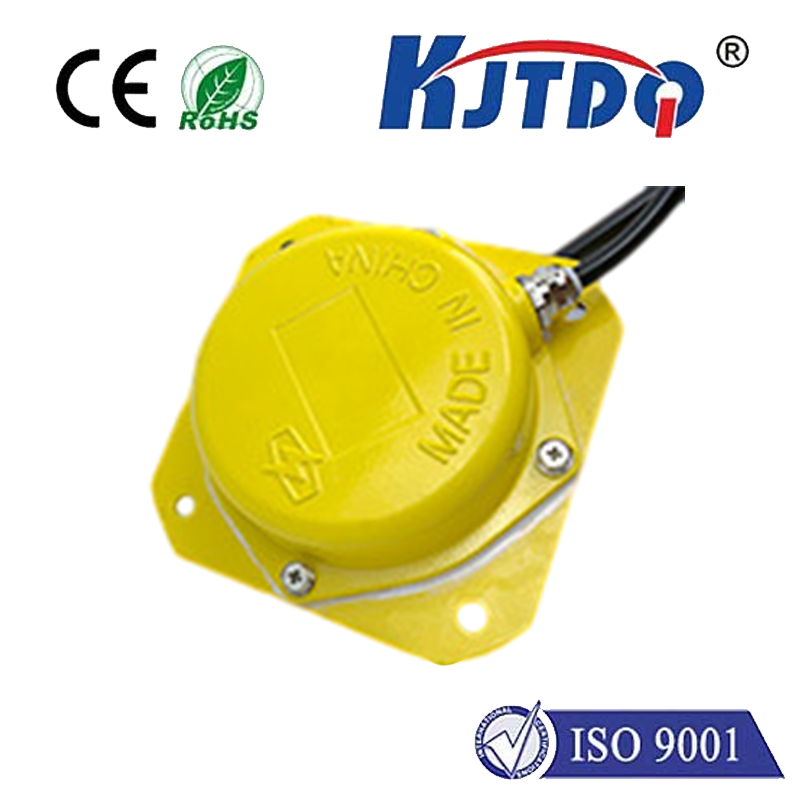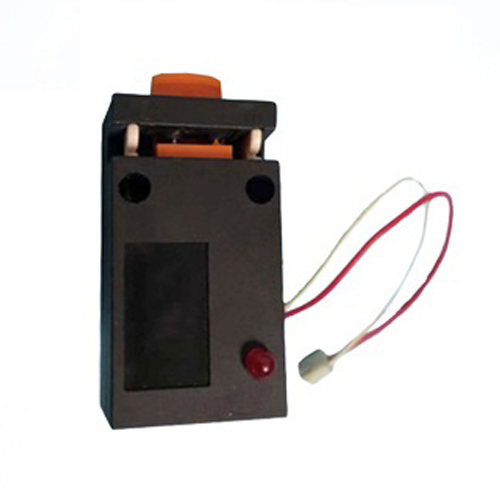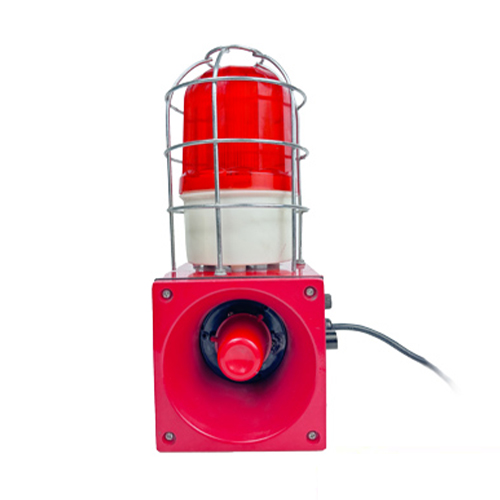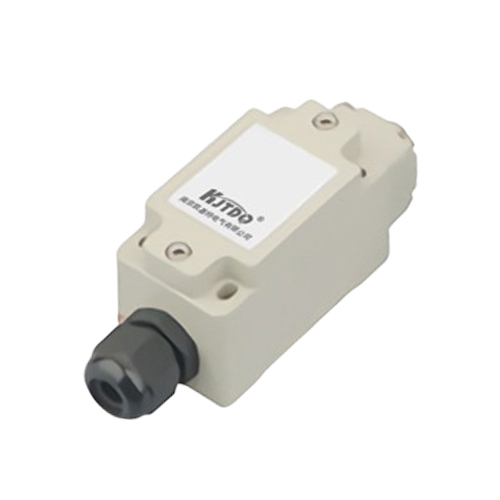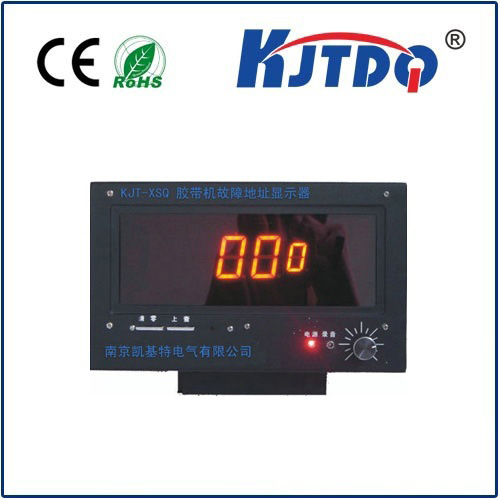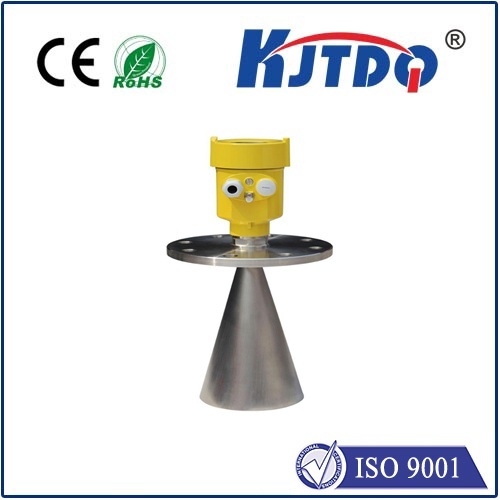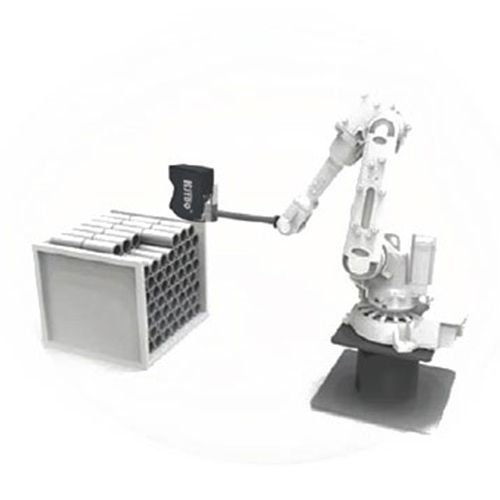

check

check

check

check

check

check

check

check

check

check
Title: Mastering the Art of "End Switch": A Essential Guide for Effective Writing
Writing is a powerful tool that can inspire, inform, and entertain audiences. To achieve these goals, writers must master the art of using "end switch" effectively in their writing. In this guide, we will explore what end switch is, how to use it in your writing, and why it is essential for effective communication.
What is End Switch?
End switch refers to the transition between two different writing styles or sections. It signals the end of a thought or idea and prepares the reader for the next one. The most common types of end switches are sentence transitions (e.g., conjunctions, transitional phrases), paragraph transitions (e.g., topic sentences, concluding statements), and chapter transitions (e.g., summaries, introductions).
Why Use End Switch?
Using end switch in your writing helps to create a clear and cohesive structure. It makes your writing more easy to read and understand by providing a logical flow of ideas. Without end switches, your writing may feel disjointed and hard to follow. Additionally, end switches can make your writing more persuasive by signaling to the reader where a new argument or point will begin.
How to Use End Switch Effectively?
To use end switch effectively, consider the following tips:
1. Plan your writing: Before you start writing, take some time to plan out the structure of your document. This will help you anticipate where end switches will be necessary and ensure they flow seamlessly from one section to the next.
2. Use strong transition words: Transitional words like "however" "therefore" "meanwhile" "in contrast" etc. are excellent tools for creating smooth transitions between different ideas or sections. Be sure to use them appropriately and avoid overusing them as this can come across as artificial or forced.
3. Vary your sentence structures: Varying your sentence structures within a paragraph or section can also help create a natural transition. For example, starting with a simple sentence and then moving on to a complex sentence can signal a shift in focus or thought.
4. Use visual aids: Visual aids such as headings, subheadings, bullet points, and images can help break up large chunks of text and create clearer transitions between sections. Be sure to use these aids sparingly and purposefully to avoid overwhelming your reader.
Conclusion
In conclusion, mastering the art of using end switches effectively is a vital skill for any writer looking to create clear and persuasive written content. By understanding what end switches are, why they are important, and how to use them correctly, you can take your writing to the next level and engage your readers in more meaningful ways. So go ahead and experiment with different types of end switches in your writing – you may be surprised at how well they work


